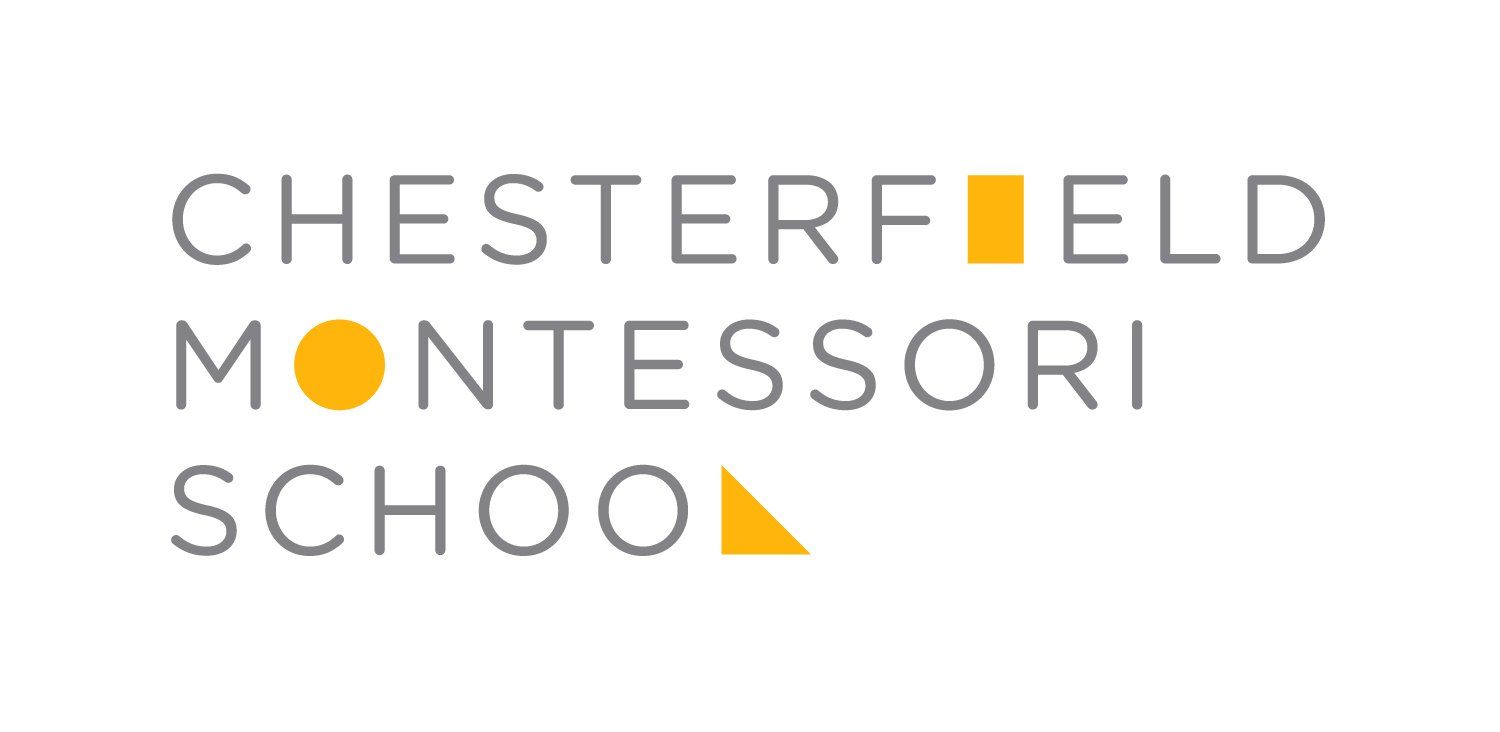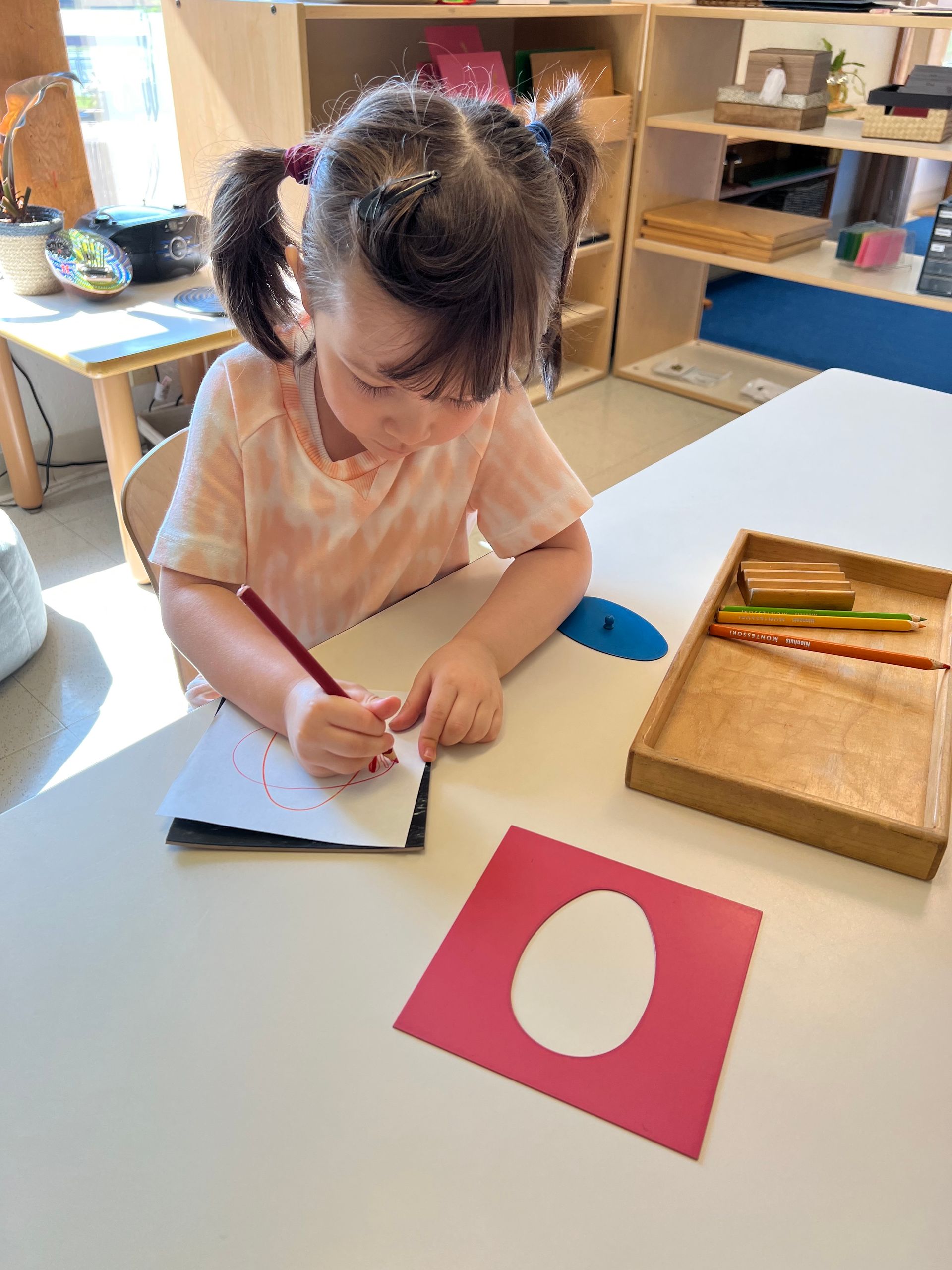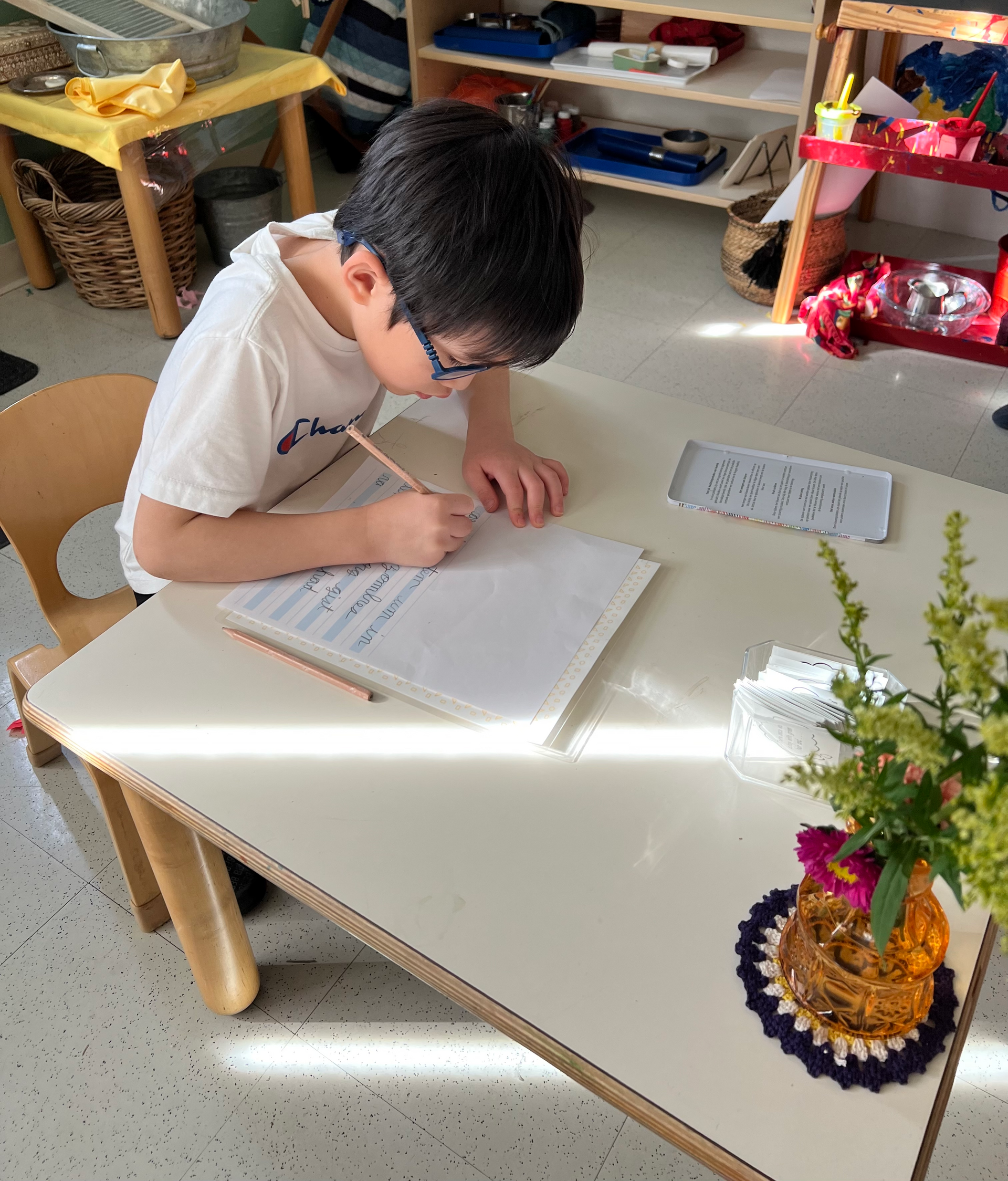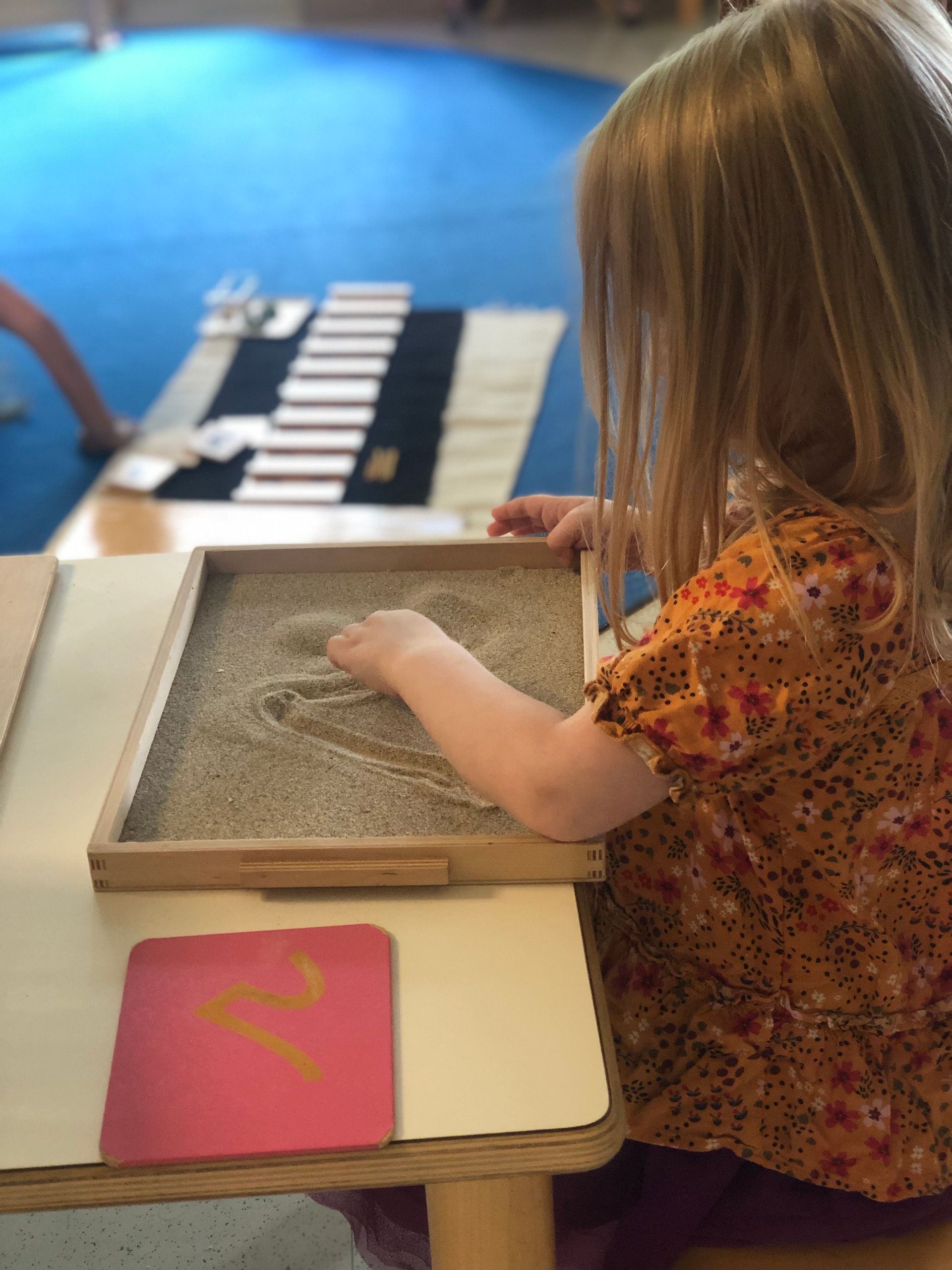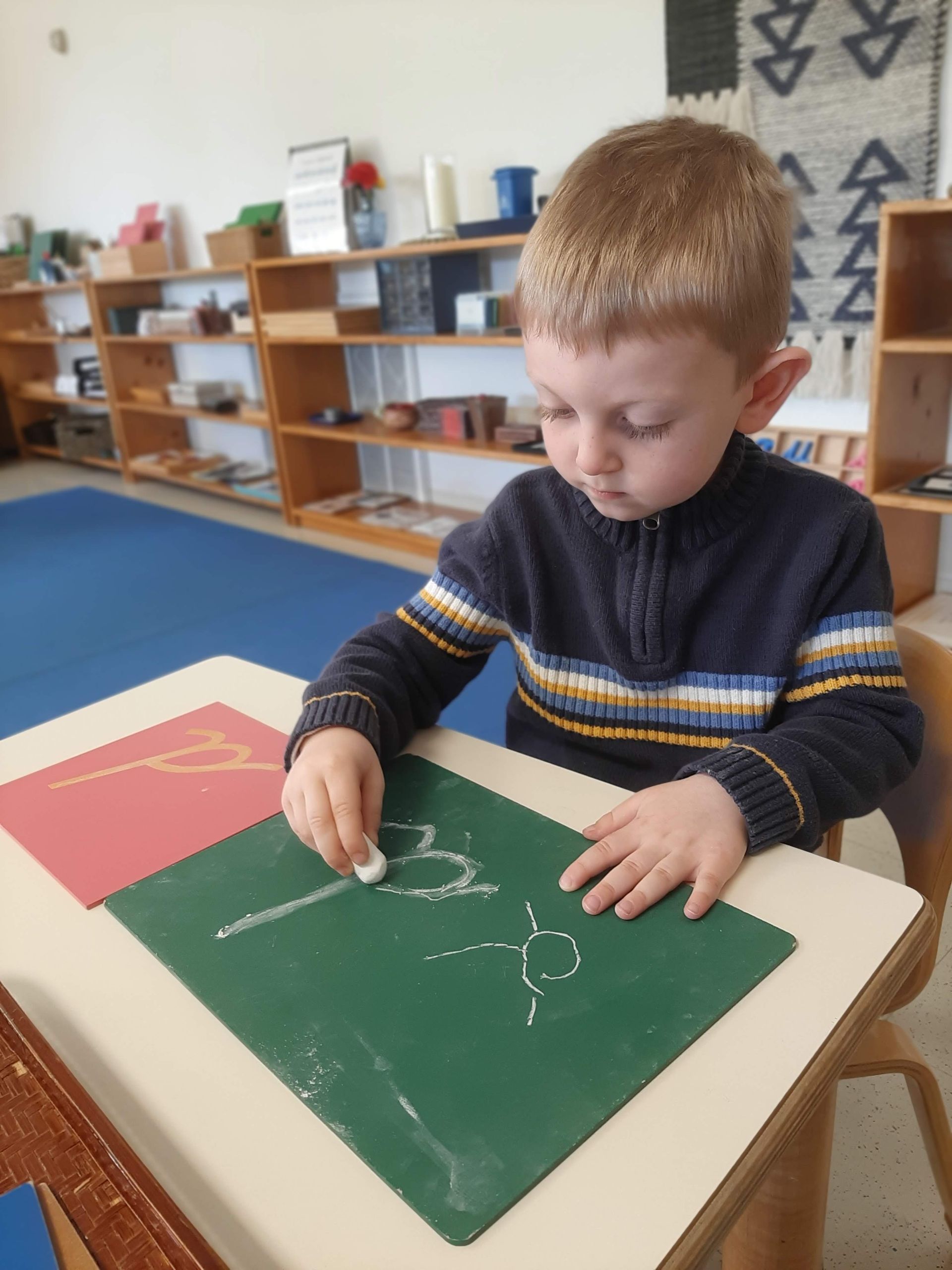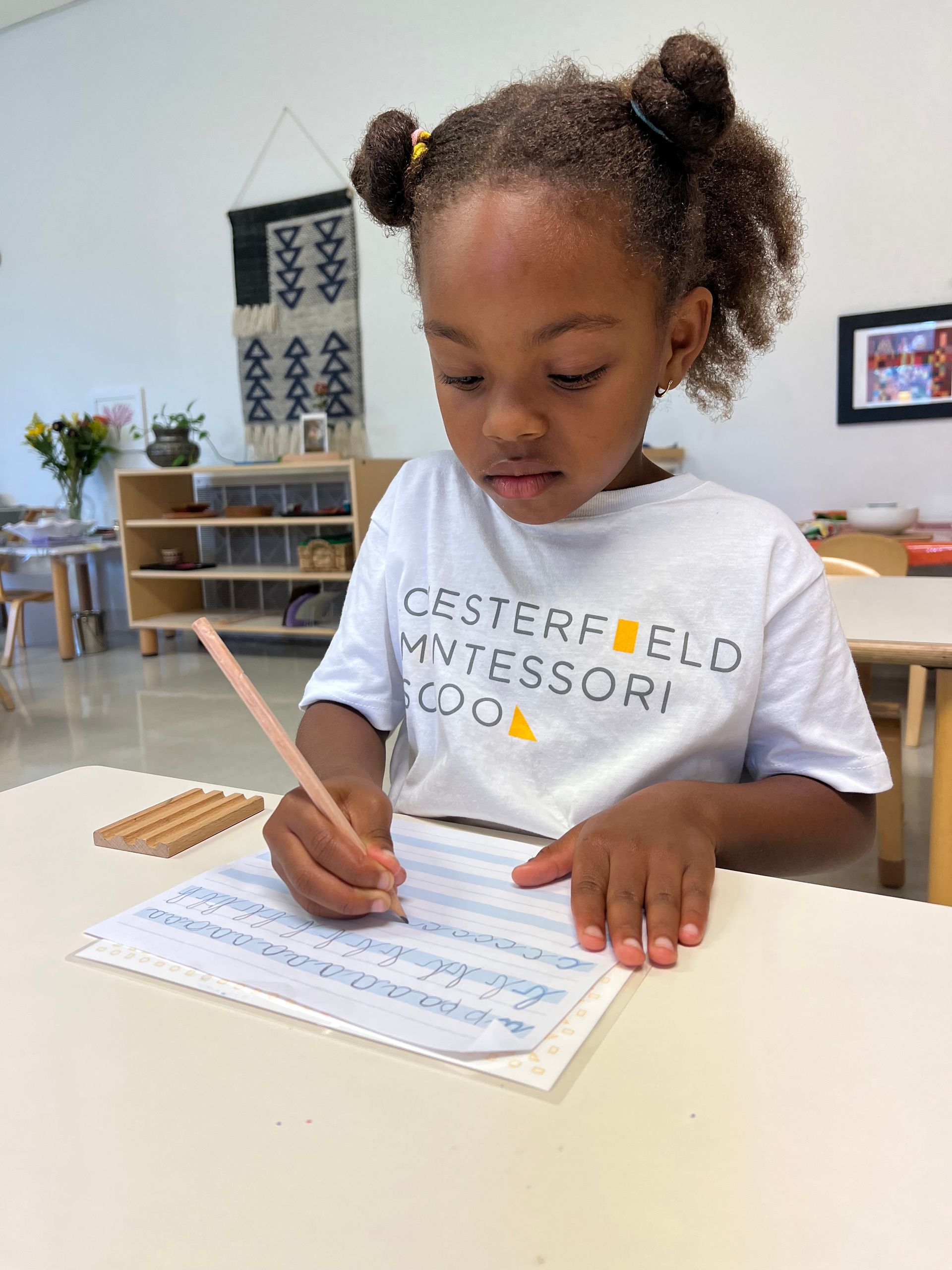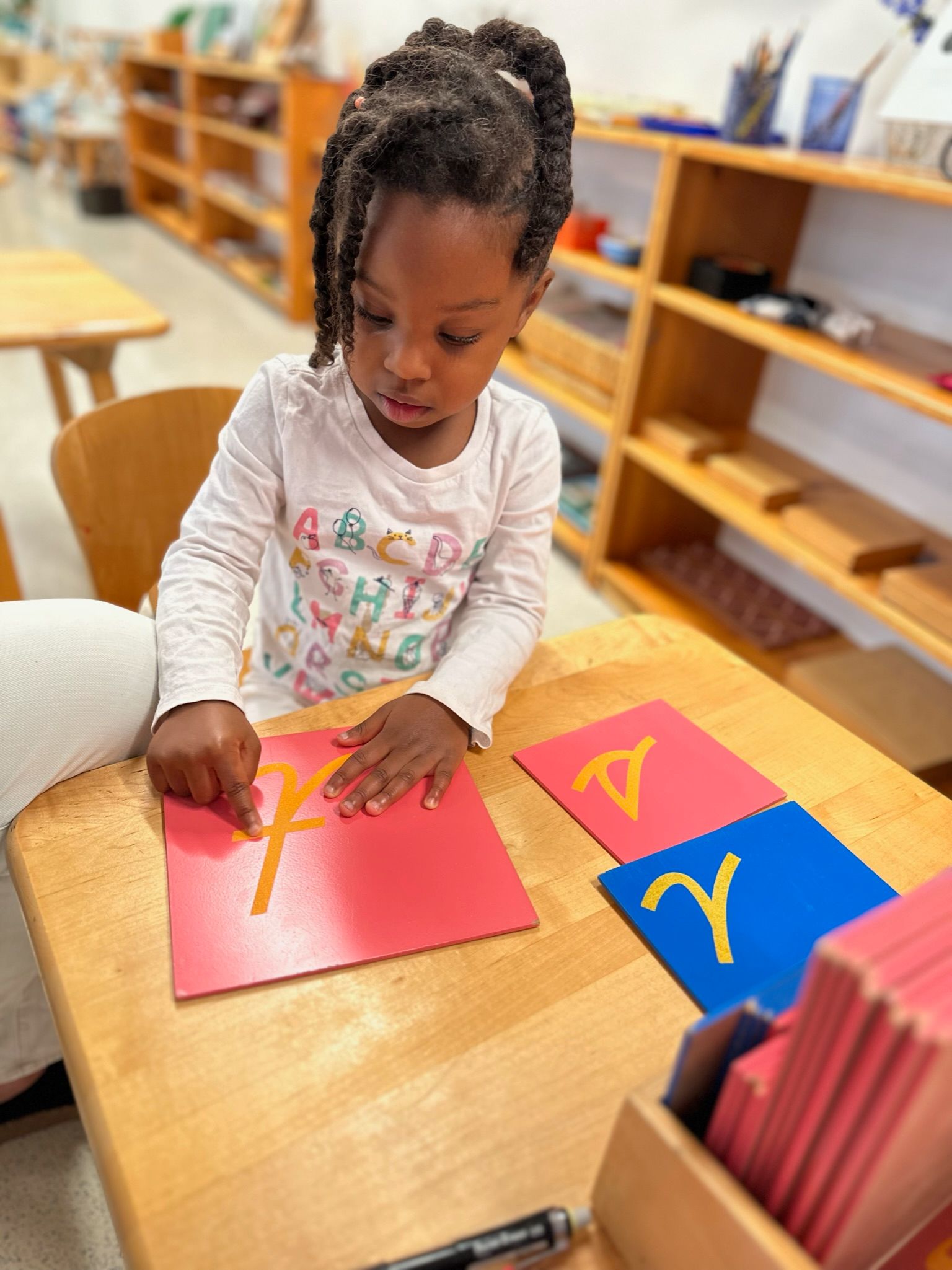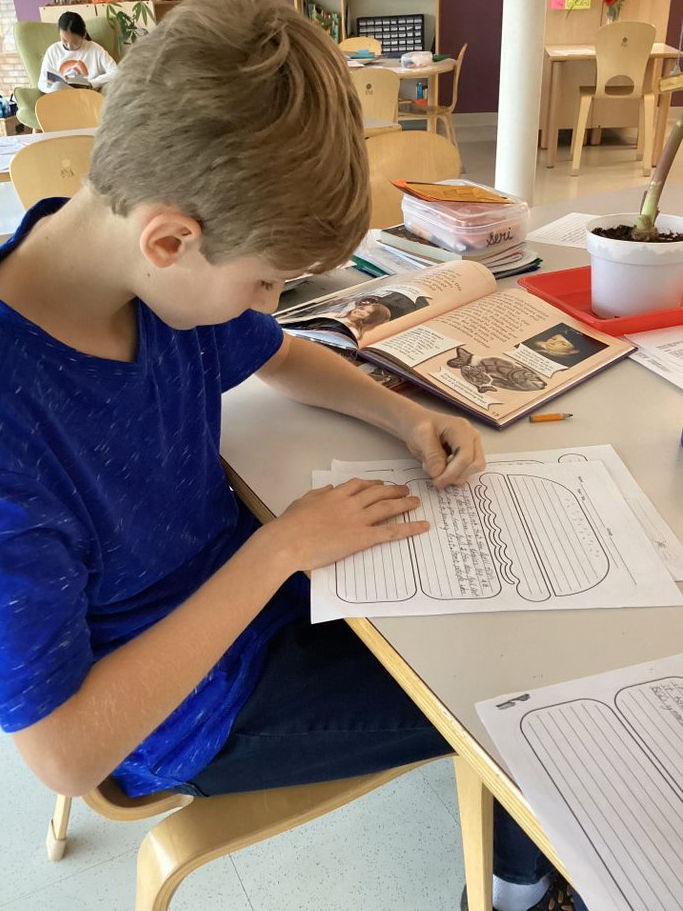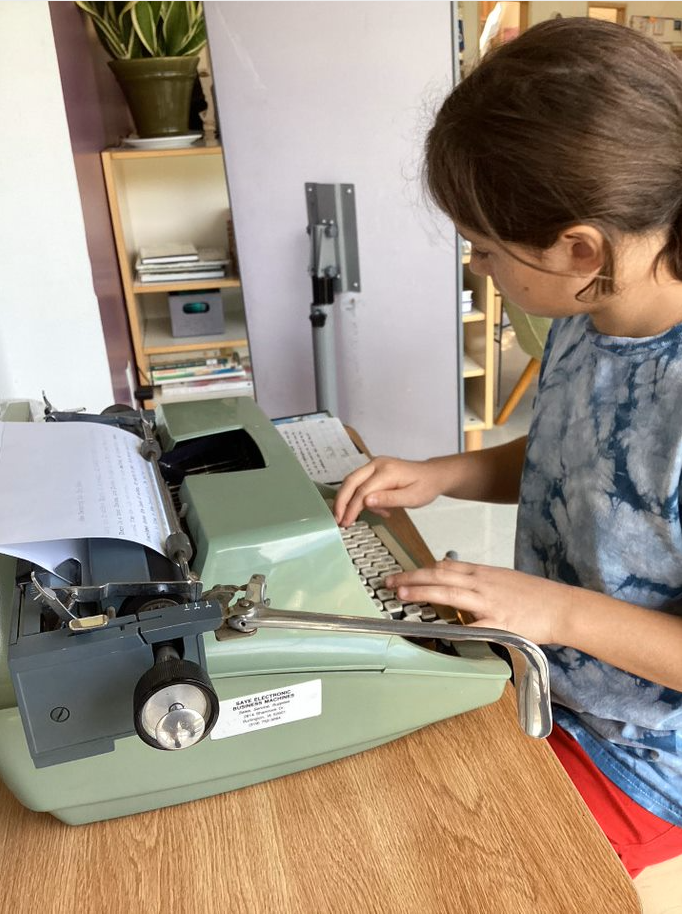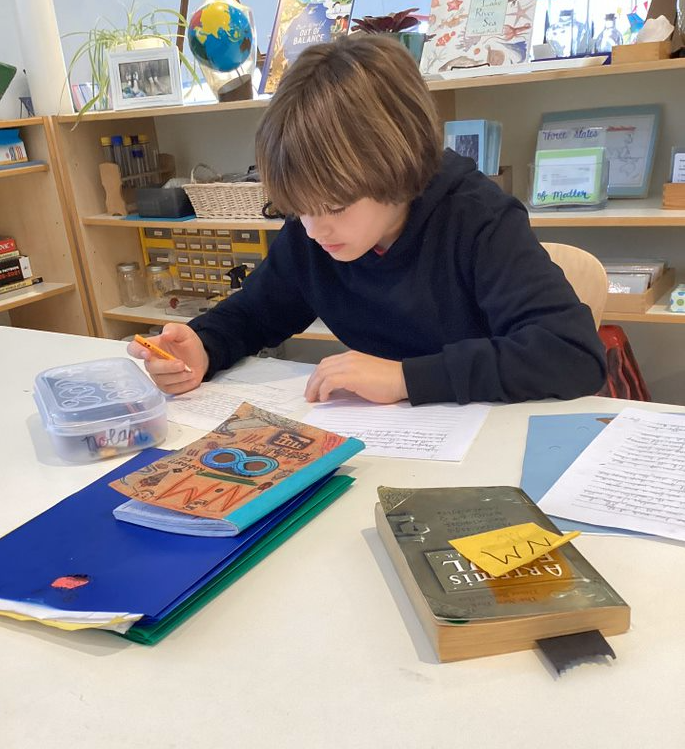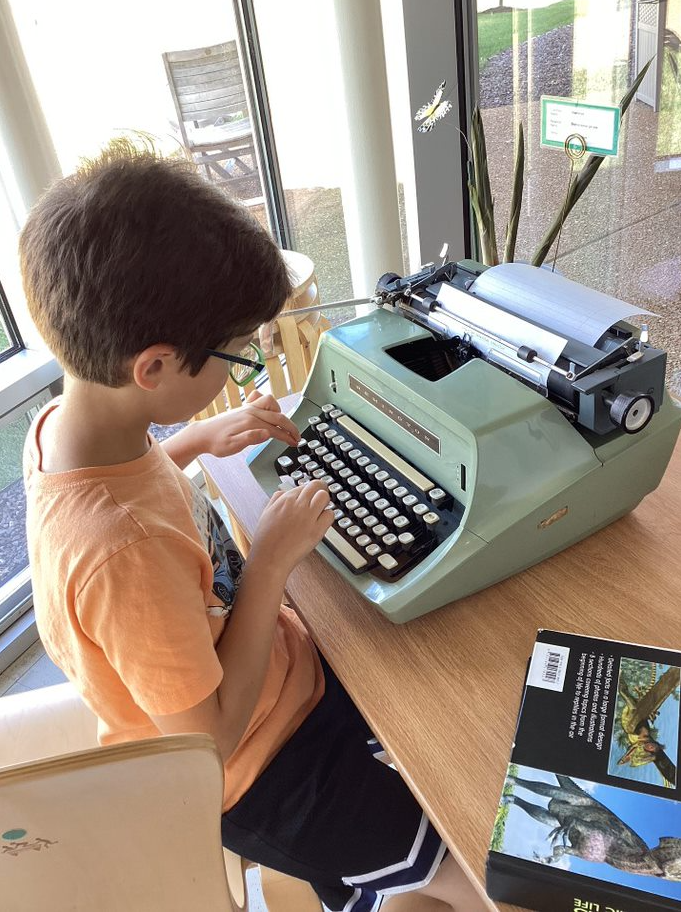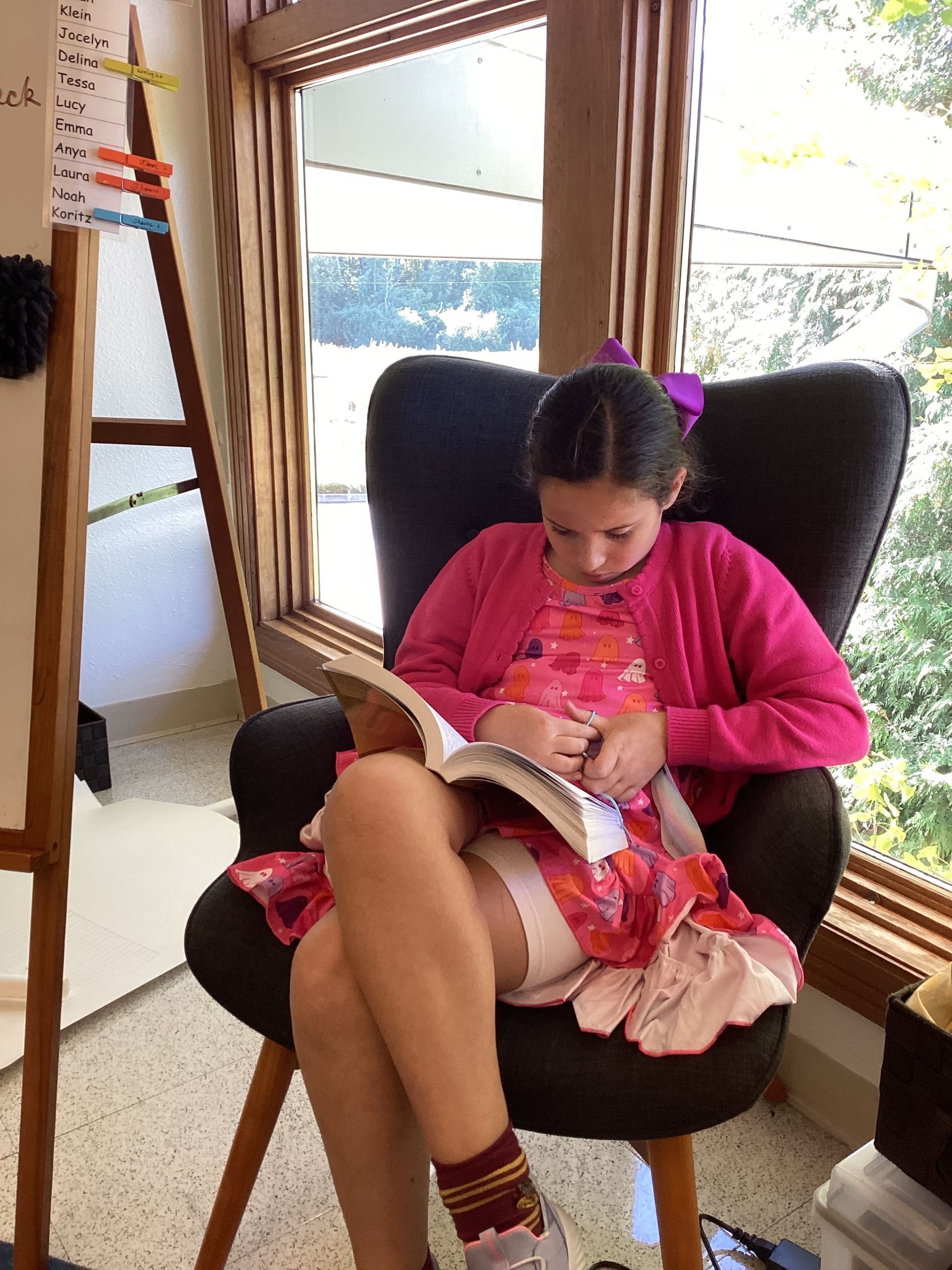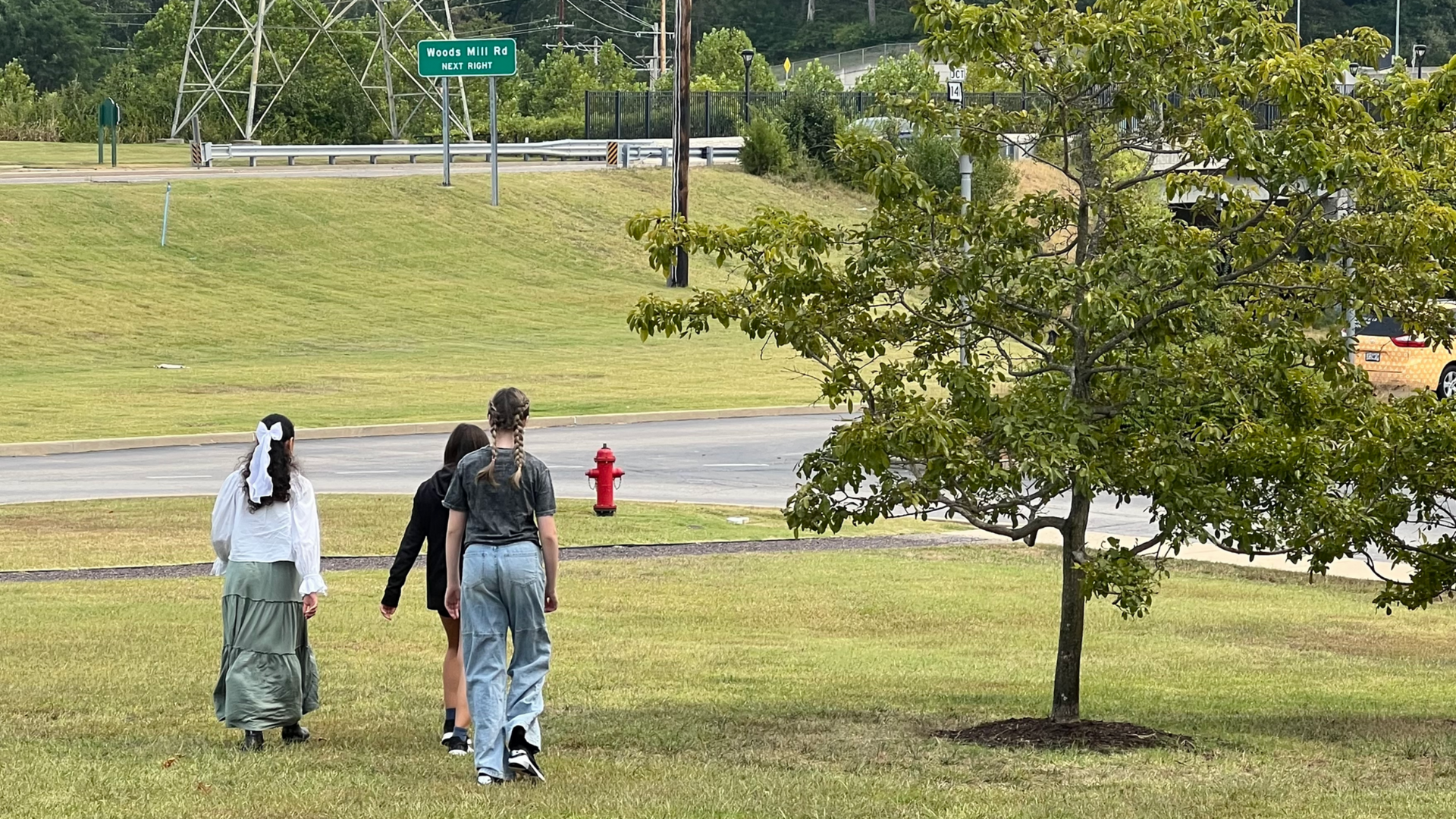In a world that’s becoming increasingly digital, some might wonder if it’s still valuable to learn cursive handwriting or to handwrite at all.
Many schools across the United States have removed handwriting instruction from their curriculum, leading to difficulties for a generation of children in developing legible writing skills, be it cursive or print. We at Chesterfield Montessori School, however, believe this skill to be of great importance towards the development of children’s neuropathways.
Spiral Curriculum at CMS
Learning to handwrite is essential for more than just creating beautiful penmanship. It is a valuable skill that fosters cognitive development. Studies have suggested that learning to write by hand can help a child develop reading skills, improve writing and spelling abilities and contribute to overall academic success.
Handwriting is a complex skill, engaging different areas of the brain simultaneously. Learning it may pose challenges to some children. Hence, we emphasizes learning handwriting at an early age. Using a spiral approach, the handwriting curriculum at CMS is designed to engage a child in a multi-sensory learning experience, incorporating tactile materials such as sandpaper letters and metal insets. These materials were intentionally created to develop fine motor skills thereby indirectly preparing a child for handwriting. This authentic Montessori approach to handwriting instruction makes learning to write more enjoyable and effective for children.
Authentic Materials
The metal insets is a set of metal frames with corresponding knobbed insets that may remind you of geometric shapes. Children work to trace the shapes on squares of paper and create a variety of lines and different patterns with colored pencils.
At first glance, this activity may appear as an exciting way to learn different kinds of shapes but its primary purpose is to prepare the child for upcoming work in handwriting. Each time a child works with the metal insets, they develop a variety of handwriting skills, including pencil grip, applying appropriate pressure, moving the pencil left to right and further strengthening the hand muscles to build stamina.
To increase a student’s readiness for handwriting, the material known as the sandpaper letters is introduced. This material is made of wooden tiles with letters made out of a sand-textured surface that helps children with early letter formation. Children use their fingers to trace and familiarize the shape of each letter and later refer to the tiles while learning to write for the first time.
The tactile work of repeatedly tracing letters gives students a muscular memory of the letters’ shapes. They also get an auditory impression of the letters as the guide will say the sound of the letter (not the letter’s name), and the child repeats the sound. This helps the child make a connection between the letters’ forms and their sounds, eventually preparing them for reading comprehension.
Tangible Results
The use of sandpaper letters and sand writing not only supports a child’s handwriting readiness, but also stimulates the sensory nature of young children, making the activities both enjoyable and effective for enhancing their handwriting skills.
This multi-sensorial and spiral approach to teaching handwriting introduces the child to the idea language can be spoken, heard and seen. Dr. Montessori famously said, “What the hand does, the mind remembers.”
By age 4 or 5, children in our Primary Montessori classroom are joyfully writing because they are well prepared. This emphasis on cursive offers numerous benefits over manuscript or print writing, such as:
- While children often reverse letters such as “d” and “b” or “p” and “q” when they are learning to print, these mistakes do not tend to happen with cursive writing.
- Cursive writers can read print, but the reverse is not always true.
- The ligatures in cursive may help early readers see groups of letters (oa, ing, th, and so on).
- The flow of cursive words allows the writer to focus on the ideas of the writing rather than the formation of individual letters in isolation.
Writing in Elementary
When children move up to the Elementary Program at CMS, their teacher prioritizes the mastery of cursive writing and addresses any letters or skill gaps they may have. Subsequently, the children engage in constant practice by writing in a journal. They record their daily work, with a focus on producing beautifully and neatly written assignments that the children themselves can take great pride in.
While the curriculum eventually covers skills like keyboarding (which children readily acquire in Upper Elementary using a typewriter rather than a computer screen), the emphasis on the art of handwriting provides a strong foundation. In today's world of quick fixes and shortcuts, this foundation ensures that our children will grow up using the timeless tools of pen and paper to express themselves.
